

HARDWARE
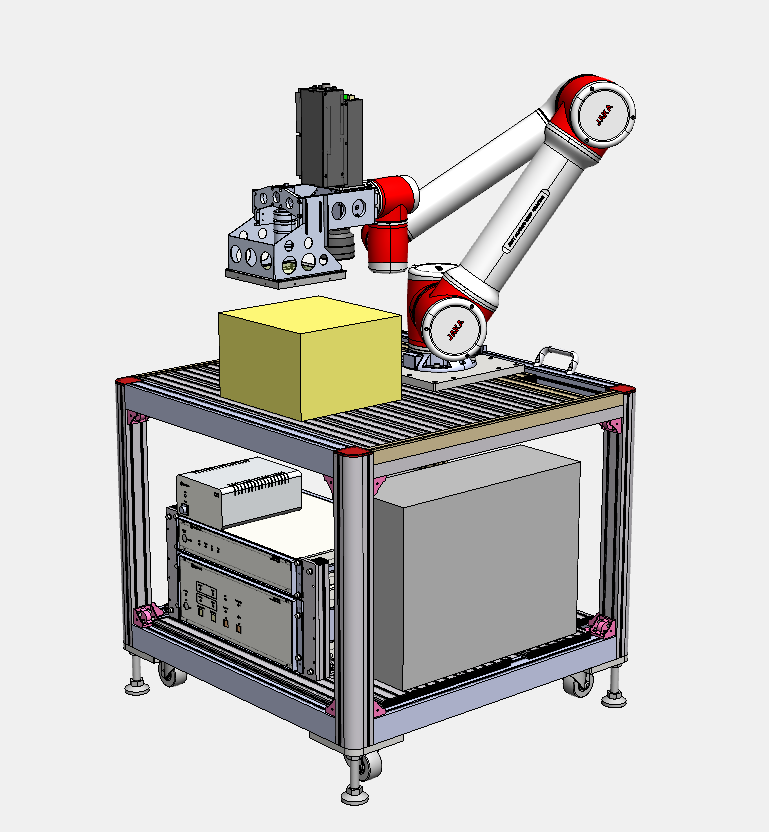
This is a top-of-the-line solution for automatic visual inspection that is equipped with a robot arm, an image camera, an optical comb 3D sensor, and AI. Defect candidates are detected quickly using an image camera and AI, and the defect candidates are measured using an optical comb 3D sensor. By using a robot arm, we can perform multi-sided inspection of large, complex-shaped workpieces.
Exclusive distributor in CHINA
View more
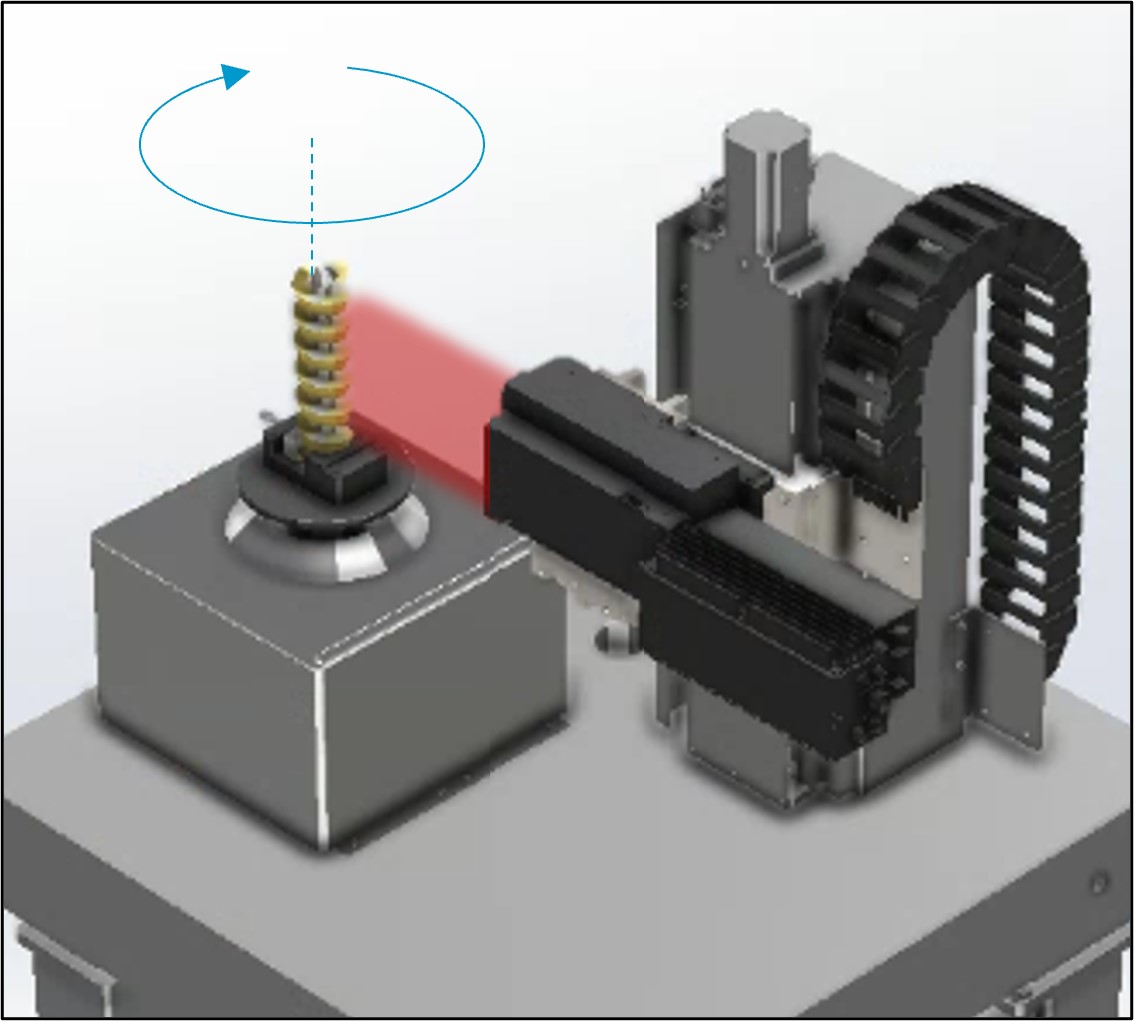
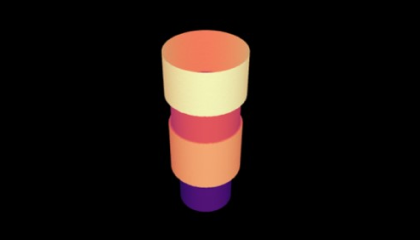

View more
In modern production lines, products are often not transported from the transport path to the inspection surface. This is a solution that uses a robot arm to move the 3D scanner head and take measurements.

Applications
View more
View more
ダダミーテキストミーテキストダミーテキストダミーテキストダミーテキストダミーテキストダミーテキストダミーテキスト
View more

Optocomb 3D scanners by XTIA are the first industrial application of the Nobel-prize winning Optocomb technology. With their coaxial configuration, their long working distance, their 500kHZ rate and a resolution as high as 1μm, OptoComb scanners are the ideal 3D scanning solution for a fully automated quality control. OptoComb scanners have a reliable track record for the GD&T of your most complex parts and for the detection of a large range of 3D defects such as dents, scratches, particles, burrs and more.
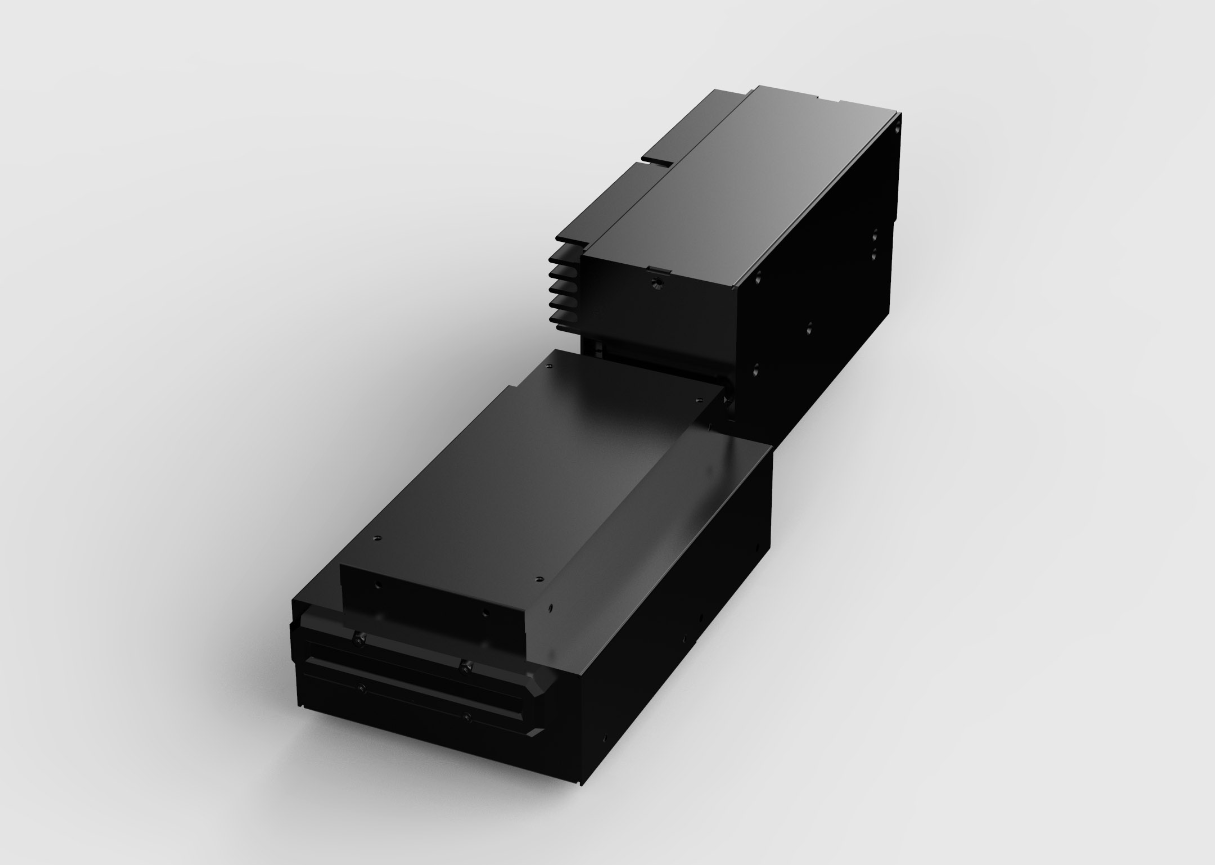
不明
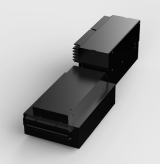
不明

OptoComb 360 is a unique inspection system combining an OptoComb 3D scanner with a rotating stage to scan objects over 360°. With this system, XTIA brings a new visual and dimensional inspection solution to the table and enables the outer surface of spools and other structures with rotational symmetry to be measured with high accuracy.

Leveraging their unique coaxial configuration and high accuracy, OptoComb 3D scanners can be combined with a 45° mirror to successfully inspect the inner walls of bores and complex cylindrical structures in seconds.
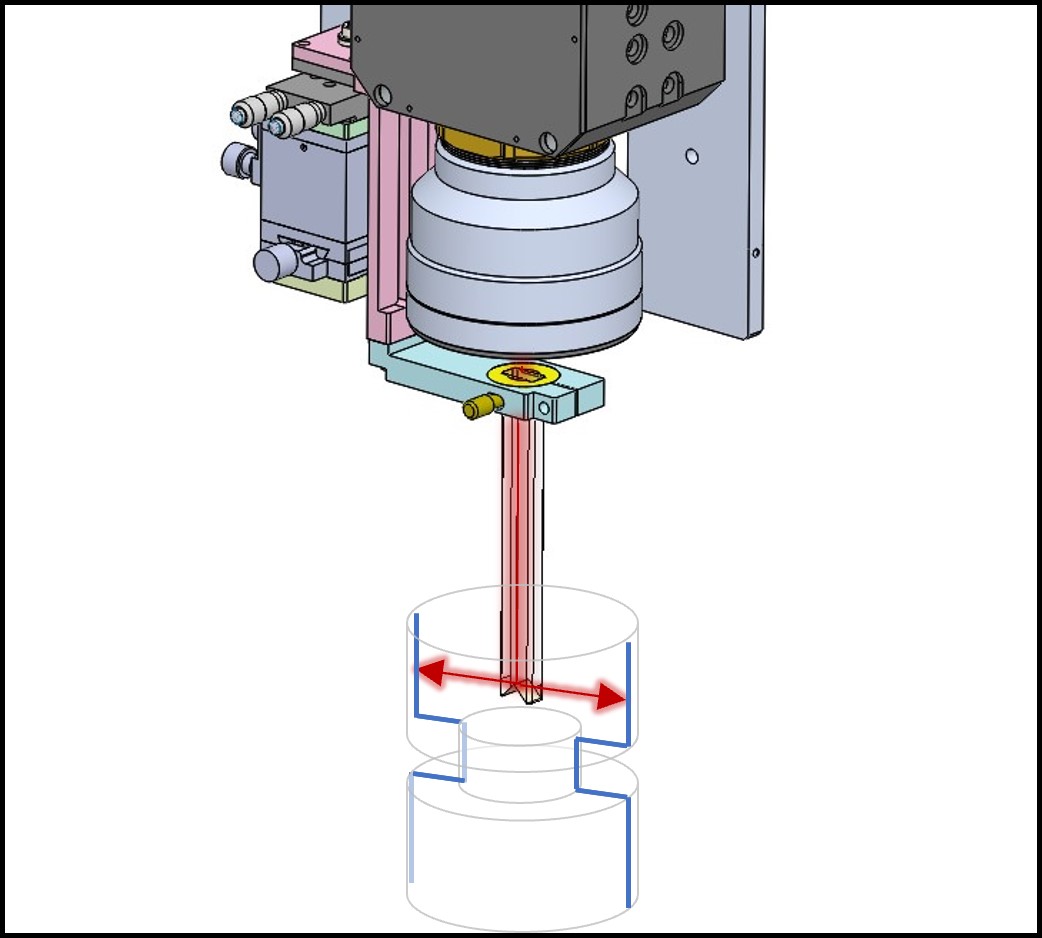
In collaboration with its partner JUKI, XTIA offers its Hybrid solution: a fully automated system integrating both a 12 Megapixel optical camera and a high-resolution S40 OptoComb 3D scanner. The system maximizes resolution in all three directions for an optimal visual inspection and defect detection process. By taking advantage of the very high speed of the optical camera, our hybrid system can reduce the cycle time of the overall automated inspection process.
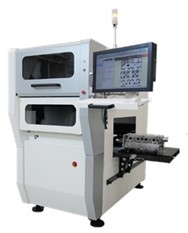
不明

不明

不明
